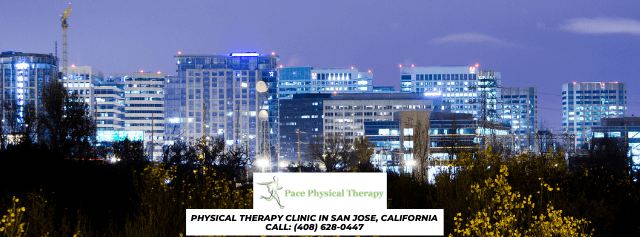What Activities Should I Avoid If I Have Sciatica?

Without question, touching your toes and other traditional lower-body stretches may be useful as a preventive measure for back problems. After all, maintaining flexibility in your lower back can help keep you limber enough to perform workouts that maintain your core strength. In turn, strengthening your supportive muscles can lower your risk of nerve compression.
But as treatments for an existing condition, many of these so-called sciatica gym exercises can actually do more harm than good. Flexibility moves like you need to bend your back forward to reach your toes. This stretching motion often exacerbates bulging or herniated disks. It’s worth asking your doctor or physical therapist to do stretching activities to avoid sciatica pain.
These are the physical activities to avoid:
- Beware of “Twisty” Sports
Jobs or sports that require twisting your torso may put you at risk of developing or aggravating sciatica. Be careful when it comes to workouts or activities that incorporate twisting movements.
These repetitive twisting activities to avoid sciatica pain include soccer and ice hockey, as well as tennis , basketball and paddleboarding. Strengthening the movements that work the obliques by swinging your torso may also need to be avoided.
You may find that your type of sciatica is not disturbed by the type of twisting that is required of your favorite activity. If this is the case, your doctor may give the approval stamp to those workouts. But if you feel twinges or numbness after these activities, stop them.
- Avoid Sitting For Too Long
The Cleveland Clinic points out that sitting for a long period of time can make sciatica worse. Maybe it’s a good time to rethink that long canoe or kayak trip. Both require a long period of sitting, sometimes without the chance to pull to the shore to stretch your legs.
If you cycle, be aware that some people with sciatica find it problematic to sit on a bicycle for longer periods of time. Frequent breaks may be helpful. Consider, too, having your seat adjusted professionally, as well as pedaling your back off the seat from time to time.
- Use Caution Lifting Weights
With herniated disks being a major cause of sciatic pain, movements that worsen the spine are clearly among the avoidable sciatic exercises. Although strong core muscles can help prevent nerve compression and other causes of sciatica, addressing the problem with deadlifts can do more harm than good.
The American Council for Exercise notes that lifting heavy weights adds stress to your back as you bend your waist to lift. In addition, sometimes recommended gym exercises for sciatica actually increase your likelihood of body fatigue, which leads to improper lifting — and aggravating existing back problems.
Listen to Your Body
Sciatica is affecting people differently. Some people experience it as numbness rather than sharp pain. It can bother you in the calf and thigh area, or your buttocks and lower back. Much of this variation has to do with the root cause of the sciatica of each patient.
In addition, technically separate conditions, such as piriformis syndrome, may either directly affect the sciatic nerve or mimic the symptoms, according to the 2018 textbook chapter published by the U.S. National Library of Medicine.
Because it’s hard to predict where sciatica is going to strike, it’s also not easy to know which moves might cause flare-ups. The most sensible approach is to stop doing any workout that causes numbness and pain. That doesn’t mean that you can never play tennis again, for example. But it does indicate that working with a physical therapist to build strength and stamina can be the best first step.
Are You Looking for Relief From Back and Sciatica?
Pace Physical Therapy in San Jose, California specializes in back pain and sciatica relief and recovery therapies. We pride ourselves on offering the best possible physical therapy available and going above and beyond for our patients. Our highly experienced physical therapist will work with you to improve your function and relieve your pain. We start by assessing the body as a whole. Oftentimes the cause of pain or an injury extends far beyond just the body part or muscle hurting. Without taking a comprehensive look at your entire self, we would be doing you a disservice in fully helping you heal and preventing future limitations. We then move on to fixing your areas of limitation. Not all diagnoses are created equal. One person with low back pain may have completely different limitations than the next person. Your recovery program needs to be specific to what YOUR body needs and not just the typical exercise program that you can find online to and-aid the real issue. Just because your pain decreases or you can walk longer doesn’t mean that it is enough to get you functioning at the level you want to be. While this often signifies the end of care at your typical PT clinic we don’t stop providing guidance until we help you successfully meet every goal you set for yourself with us on day one. Contact us today to schedule your appointment!


